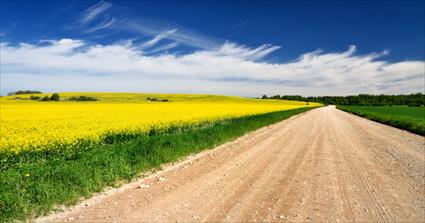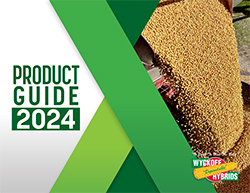A Quick Guide: Rotating Crops
Have you heard of crop rotation? Farmers use crop rotation, which means planting different crops on the same plot of land, to improve the soil. Rotating crops helps maximize the soil's nutrients while combating pests. It's a common practice that has been used for decades.
It comes as no surprise that different plants need different types of nutrients. In modern farming, how and when crops are rotated depends on the type of climate, soil, precipitation, and the demand for certain crops. For example, many farmers rotate soybeans and corn in a particular field every other year. The decisions of what and when to plant can be complicated and many farmers use advanced technology to help guide those decisions.
Crop rotation often consists of 2-3 crops and the most complex rotations contain more than a dozen. Farmers that use this technique enjoy that it is a natural way to support the return nutrients without artificial inputs. Plus, rotating crops works to deter pest and diseases. Soil prefers variety!
Not all farmers rotate their crops and this is typically a disadvantage. When a farmer plants the same crop in the exact same spot every year, their soil won't have the optimal nutrients. Also, pests learn that their favorite plant will be growing soon and return annually. Therefore, crop rotation is a preferred method for many farmers. After all, it doesn't cost to switch up crops and it might save money in the long run.
For more information about Wyckoff farms and our products, call us at: 219-462-6716 or INFO@WYCKOFFHYBRIDS.COM.

